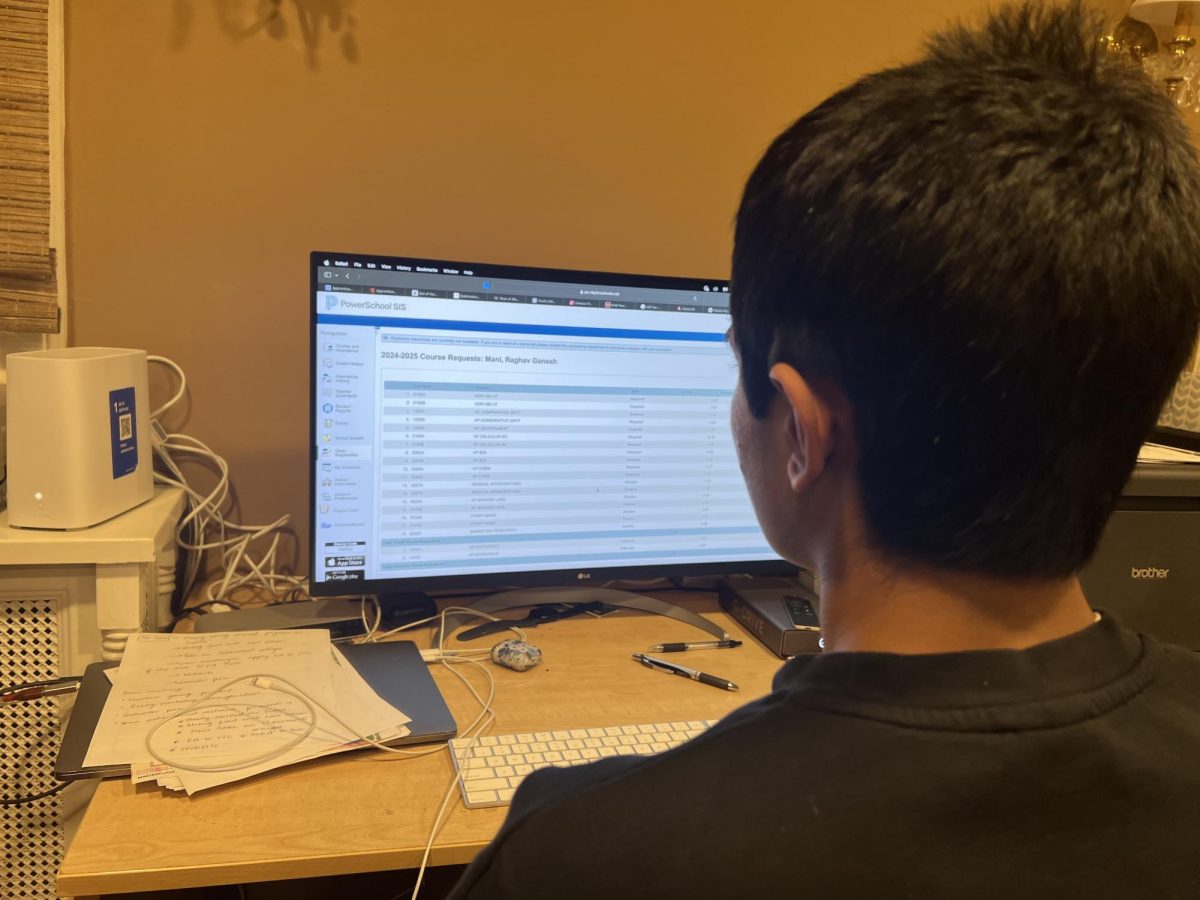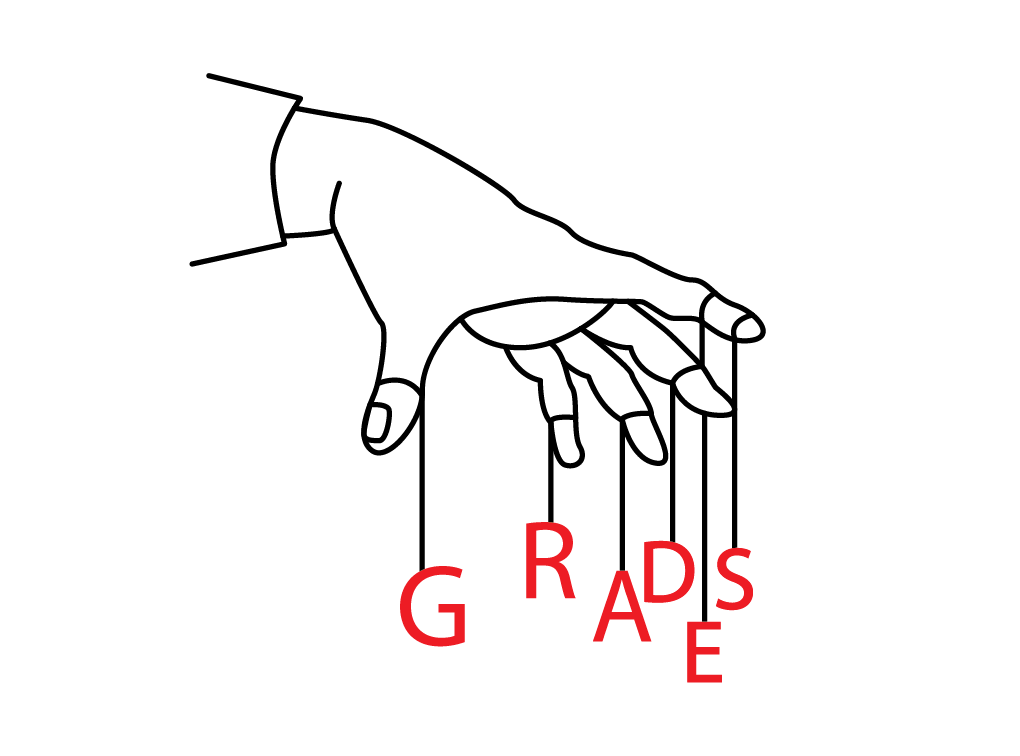Every student has had the experience: the alarm goes off loudly at 7 a.m., it’s still dark outside, your bed is especially warm, and you can’t help but think, ‘is school really worth it?’ A parent can usually be counted on to enter the room at this time repeating that ever-encouraging mantra, ‘school is important for your future’.
After hearing this so many times, it’s impossible not to question just what about school makes it so important.
Every school has a standard curriculum consisting of math, science, English, history, and physical education. There’s no doubt that all of these subjects have merit and are important to learn about for certain careers, but not much of the subject matter has a practical application.
How many times a day in life outside of school do you find yourself in desperate need of an algebra equation? It’s not often that a social situation requires you to remember the themes and symbolism used in “Catcher in the Ryeâ€, either.
High school is a time when students prepare for their adult lives. A part of this preparation is the shaping of a student’s morals and guidelines, the rules with which one will live by.
The duty of the school is to aid the student in this preparation and to give them the tools they need to be successful. Certainly all of these subjects are important to learn, but a school can’t be considered successful if it produces intellectuals that aren’t ready to handle life’s everyday conflicts.
According to the American Psychological Association, the average American family has a conflict every eight minutes. Though there’s no data to prove it, this may be just slightly more than the number of times the average American family uses the Law of Cosines.
Everyone can acknowledge that conflict is a part of everyday life, yet there is no high school curriculum that teaches students how to resolve it. The closest students get to receiving such an education is a brief unit or two on conflict in health.
As the future of the nation, the students of this generation need to know how to effectively use nonviolent conflict resolution. According to the Kaiser Family Foundation study, kids and teens spend 7.5 hours a day engaging with media, more time than they spend with any other activity besides sleeping.
Now more than ever, young people are constantly bombarded with violent images and themes by this media. From an early age, youths are exposed to violence and shown that it’s a credible way to solve any problem.
With the increasing violence present both in the world and our very own neighborhoods, it’s probable that if schools don’t teach peace to youth, someone or something else will teach them otherwise.
It’s hard to compete with 7.5 hours of media exposure and the surrounding violence teens experience or witness in their everyday lives, but the least a school could do would be to offer 45 minutes of alternative options.
If students were offered a chance to experience, discuss and analyze conflict as well as possible resolutions to that conflict, they could learn ways to avert violence and see the positive outcomes of peaceful solutions.
In order to secure a future that’s safe for all, peaceful conflict resolution needs to be a skill that all students have and are practiced at.
Many high schools have already integrated nonviolent conflict resolution as an elective class into their curriculum. These classes are even more common at the college and graduate level. Clayton High School has an excellent academic record, but the success of a school is not just measured in the IQ of its students. For Clayton to truly be a launching pad for its students, more practical classes such as nonviolent conflict resolution should be added to the curriculum.






